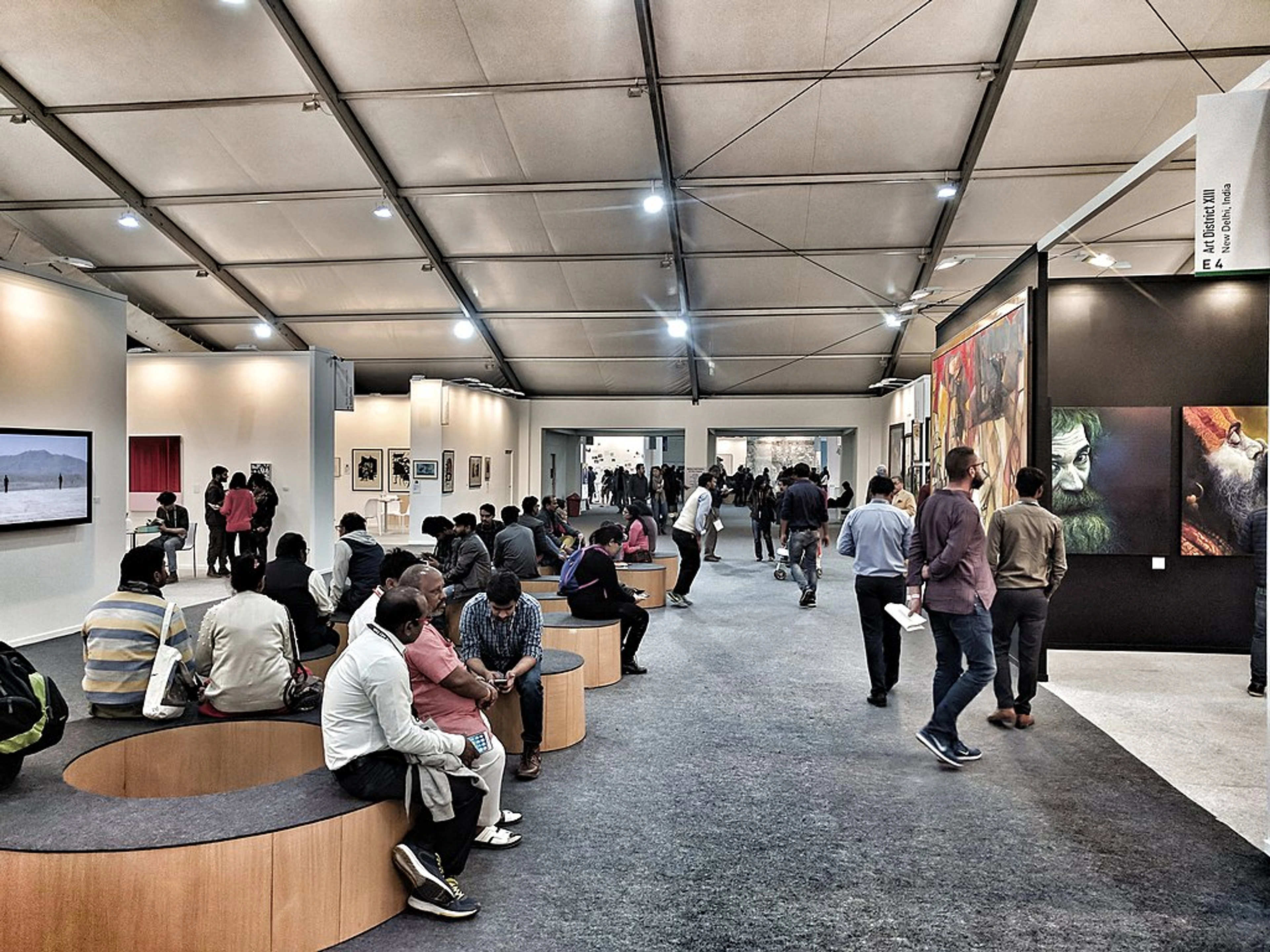
Amsterdam Art Galleries: An Artist's Expanded Guide & Personal Quest
Join an artist's personal quest through Amsterdam's vibrant art galleries, from established contemporary spaces to hidden gems, with expanded tips on visiting, finding inspiration, buying art, and navigating the scene.
My Personal Quest for the Best Art Galleries in Amsterdam: An Expanded Guide
Ah, Amsterdam. Just the name conjures up images of canals, bicycles, and, of course, incredible art. As an artist myself, visiting galleries isn't just a pastime; it's like breathing. It's where I find inspiration, see what others are doing, and sometimes, just sometimes, dream about where my own work might hang one day. It's also a crucial part of understanding the contemporary art world, seeing how artists are presented, and getting a feel for the market – things that are surprisingly vital even if you're just making art in your studio.
I remember my very first gallery visit, not in Amsterdam, but a tiny space tucked away in a side street in Florence. It was small, quiet, and filled with abstract paintings that just spoke to me. It wasn't a grand museum experience; it was intimate, a direct connection to a living artist's mind. That feeling stuck with me, solidifying my love for galleries. (Speaking of Florence, you might like my Florence Art Guide.)
But Amsterdam's art scene? It felt different. My first real encounter with its galleries was stumbling into a small, slightly chaotic space in the Jordaan, filled floor-to-ceiling with vibrant, expressive paintings. It wasn't on any 'must-see' list, but the energy was palpable, and it felt like I'd found a secret corner of the city's creative soul. It was quiet, just me and the art, a stark contrast to the bustling streets outside. That's the magic of Amsterdam's galleries – the potential for unexpected discovery and intimate connection around every corner. It's a city that truly lives and breathes art, from the grand institutions to the smallest local art galleries.
Let's be honest, navigating the art scene in a city like Amsterdam can feel a bit overwhelming. There are the big, famous museums everyone knows (and loves!), but what about the galleries? The places where you can often see contemporary work, maybe even meet an artist, or perhaps find that perfect piece to take home? That's where the real adventure begins.
So, join me on my personal journey through the best art galleries Amsterdam has to offer. This isn't just a list; it's a collection of thoughts, tips, and places that have genuinely resonated with me, seen through the eyes of someone who lives and breathes art.
Beyond the Big Three: Why Galleries Offer a Unique Experience
Okay, first things first. You absolutely must visit the Rijksmuseum, the Van Gogh Museum, and the Stedelijk Museum. They are world-class institutions and essential for understanding Dutch art history and modern masters. (Seriously, if you haven't been, put them on your list! You can read more about museums worldwide or specifically the best museums for modern art if you like.) Amsterdam has a rich artistic legacy, from the Dutch Masters of the Golden Age to the revolutionary movements that followed. While the big museums house this incredible history, the galleries are where the current story is being written.
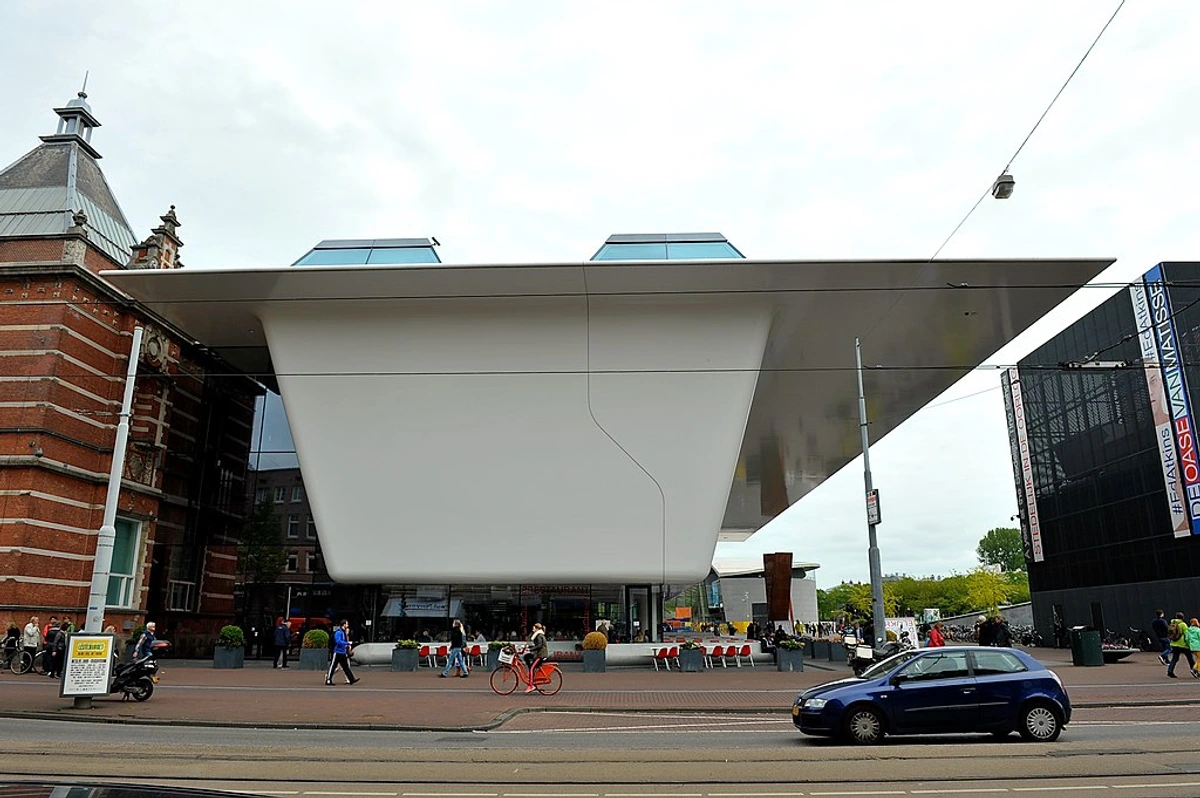
But galleries? They're a different beast entirely. While museums collect, preserve, and educate, often focusing on historical or established works, galleries are the beating heart of the current art market. They represent living artists, showcase brand new work, and are the primary place where art is bought and sold. Visiting galleries gives you a pulse on what's happening now. It's where you might discover the next big name or simply find a piece that speaks directly to your soul. It's also where artists like me hope to show their work one day, navigating the complex relationship between creation and commerce. (If you're curious about what an art gallery is, I've got thoughts on that too!)
The experience itself is often more intimate. Galleries are typically smaller than museums, allowing for a closer look at the artwork without the crowds. You can often get right up to a piece (though remember the golden rule: look, don't touch!). There's a different kind of energy – less about historical reverence, more about contemporary dialogue and the excitement of the new. Unlike the often bustling halls of the big museums, commercial art galleries are almost always free to enter – they want you to come in and see the art! This is a key difference from museums, which often have entrance fees. Galleries are businesses, yes, but they are also vital platforms for artists and accessible spaces for the public to engage with art.
For me, as an artist, galleries are vital. They are the frontline, showing what artists are creating today. They challenge my own thinking and expose me to new techniques, materials, and concepts. It's a direct connection to the contemporary conversation in art, something you don't always get in the grand halls of older museums. It's where I see the raw energy of the present, the ideas being wrestled with right now. It's inspiring, intimidating, and utterly necessary. Seeing how other artists solve visual problems or express complex ideas pushes me in my own artist journey.
Navigating Amsterdam's Vibrant Gallery Scene: A Personal Treasure Hunt Through Districts
Amsterdam's gallery scene is wonderfully diverse, spread across different neighborhoods, each with its own character. You'll find everything from established international names to tiny, experimental spaces. It feels like a constant treasure hunt, never knowing what incredible piece or hidden gem you might stumble upon next. Exploring these distinct districts is key to experiencing the full breadth of the city's art offerings. Here are a few areas and some galleries that always catch my eye:
Key Contemporary Spaces
Amsterdam has a strong contemporary art scene, and these galleries are at its forefront. They often showcase cutting-edge work that makes you think, feel, and sometimes, scratch your head (in a good way!). Contemporary art, broadly speaking, is art made in our lifetime, often reflecting current society, culture, and technology. It can be challenging, beautiful, or both. These are the places pushing boundaries and shaping the future of art.
- Galerie Fons Welters: A heavyweight in the Dutch contemporary scene, located near the Museum Quarter. They represent significant artists and their shows are always thought-provoking, often featuring conceptual art and installations that challenge perceptions. Stepping in here feels like entering a space where important conversations about art are happening right now. I saw an exhibition here once that used everyday objects in such an unexpected way, it completely shifted my perspective on materials and the potential for art to be found anywhere. It's the kind of place that makes you question what art can be.
- Annet Gelink Gallery: Another key player, known for its diverse roster of international and Dutch artists working in various mediums like photography, sculpture, and painting. Always high-quality exhibitions here that feel carefully curated and impactful. Located in the central canal belt, it's an elegant space that allows the work room to breathe. I've seen shows here that have genuinely shifted my perspective on certain mediums, like a photography exhibition that felt more like painting, blurring the lines between disciplines.
- Slewe Gallery: If you're into abstract and minimalist art, Slewe is a must-visit. Tucked away in the Spiegelkwartier area, they have a clean, focused aesthetic that I really appreciate. Their space allows the often subtle nuances of abstract work to truly breathe, encouraging quiet contemplation. I find myself slowing down here, really looking at the lines and colors, thinking about the artist's process. (Speaking of abstract, you might like my guide on why abstract art is compelling or even how to make abstract art yourself!)
- Stevenson Amsterdam: Originally from South Africa, Stevenson brings a unique global perspective to the Amsterdam scene, often showcasing contemporary African artists alongside international names. Their exhibitions are consistently strong and offer a different lens on contemporary practice, often dealing with social and political themes. It's refreshing to see work from different cultural contexts presented here, expanding the dialogue.
- Galerie Ron Mandos: Known for representing both established and emerging artists, Ron Mandos often features large-scale installations and ambitious projects in its spacious venue in Amsterdam West. It's a dynamic space that feels very much at the forefront of the contemporary art world. I've seen some truly immersive installations here that make you feel like you've stepped into another reality, pushing the boundaries of what a gallery experience can be.
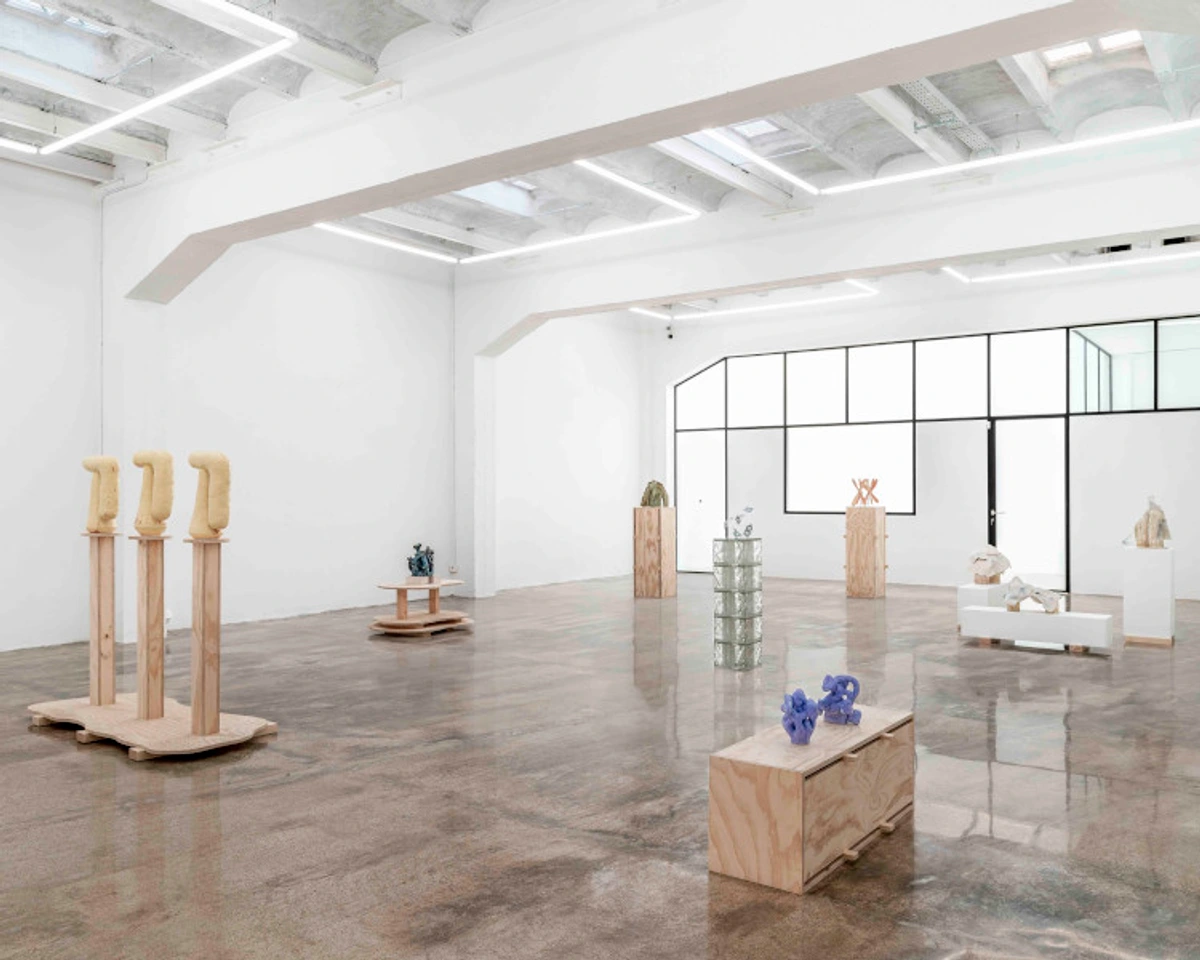
Photography Powerhouse
Amsterdam has a fantastic reputation for photography, and one institution stands out:
- Foam (Fotografiemuseum Amsterdam): While technically a museum, Foam feels more like a dynamic gallery space with constantly changing exhibitions. It's the place for photography lovers. From big names to emerging talent, they cover it all. It's right on the Keizersgracht, a beautiful spot, and while it has an entrance fee unlike commercial galleries, it's absolutely worth it for photo enthusiasts. I've spent hours lost in their exhibitions, always leaving inspired by the power of the photographic image and the stories it can tell. It's a must-visit if you have any interest in the medium.
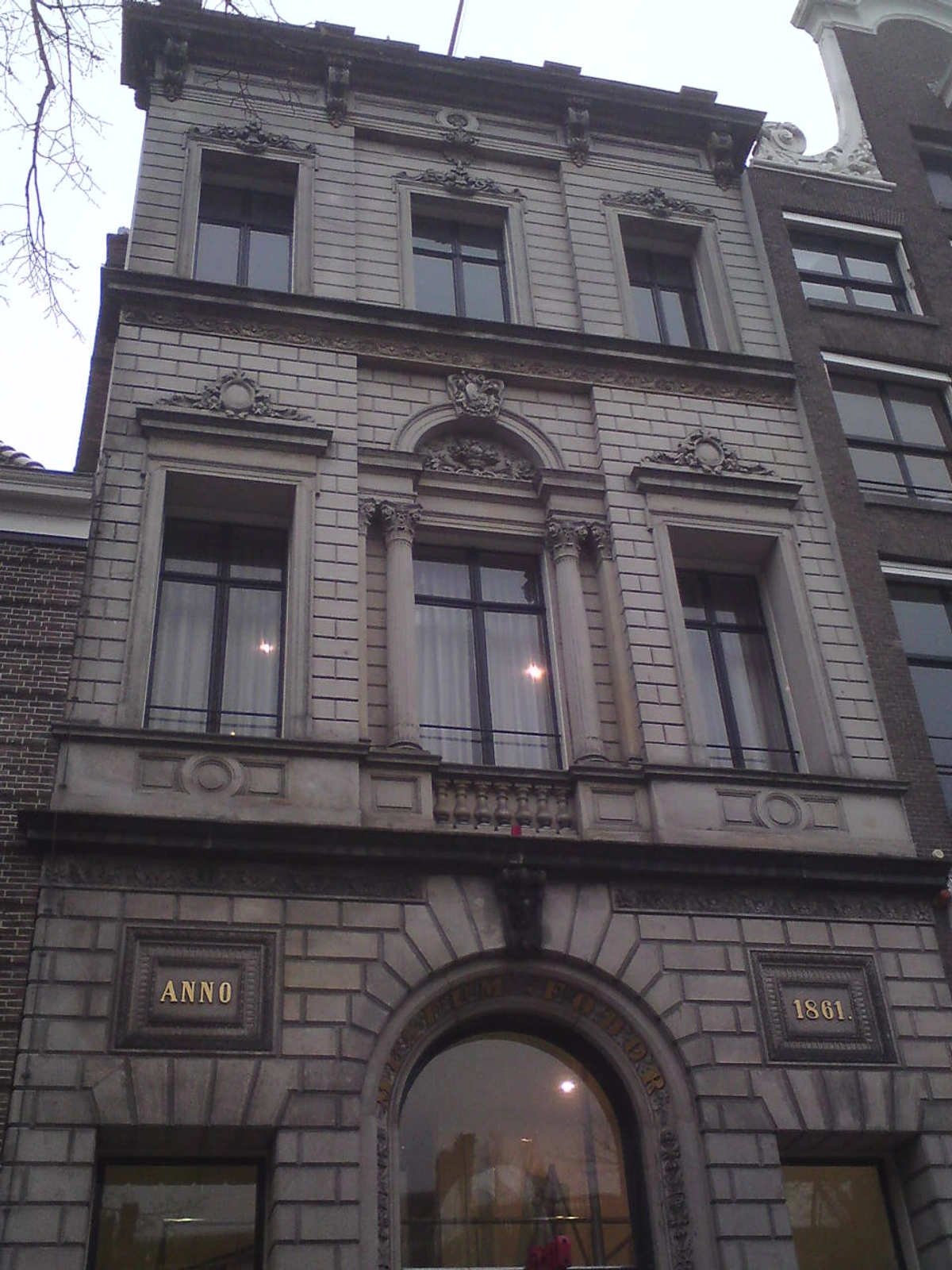
Exploring Emerging Artists & Unique Spaces by District
This is where the real fun is for me – finding the places that champion new voices or have a slightly different approach. It requires a bit more wandering and less reliance on guidebooks, but the rewards are immense. These are often the spaces where you see art that is raw, experimental, and full of potential. It reminds me of the energy you find in artist collectives.
Exploring specific areas is key, as each offers a different flavor of the Amsterdam art scene:
- The Museum Quarter Area: Beyond the big museums, this area is home to some of the larger, more established commercial galleries representing well-known artists. It's a good starting point for seeing high-profile contemporary art in elegant settings.
- The Spiegelkwartier: Traditionally known for antiques, this charming area near the Rijksmuseum also houses many smaller, independent galleries. While some focus on more traditional or decorative art, look closely for contemporary surprises tucked away in the side streets. It's a lovely area for a leisurely stroll and unexpected discoveries.
- The Jordaan: This historic, bohemian neighborhood offers a more intimate gallery experience. You'll find hidden courtyards and smaller, artist-run spaces tucked away in former shops or residential buildings. The art here can be more varied, from painting and sculpture to crafts and design. You might even stumble upon an artist's studio open to the public – a truly special experience. My first unexpected discovery in Amsterdam was in the Jordaan, a small space bursting with energy that felt like finding a secret.
- Oud-West: This up-and-coming district is becoming increasingly interesting with a growing number of contemporary galleries setting up shop in former industrial or commercial spaces. It often offers a grittier, more experimental vibe, showcasing emerging artists and alternative practices. It's a great area to explore if you're looking for something off the beaten path.
- NDSM Wharf: A bit out of the center (easily reached by a free ferry from Central Station – the ride itself is part of the adventure!), this former shipyard is now a massive creative hub with studios, exhibition spaces, and even street art. It's raw, industrial, and full of energy. Check their official website or social media for open studio days or events – it's a chance to see artists at work, talk to them directly, and discover art in a truly unique, large-scale setting. It feels like a different city over there, a real contrast to the historic center. (It reminds me a bit of finding art in unexpected places.)
How to Find These Hidden Gems & Stay Updated
So, how do you uncover these less-obvious spots and stay in the loop? It takes a bit more effort than just walking into the big names, but it's worth it:
- Local Art Blogs & Websites: Look for local Amsterdam art scene blogs, online event calendars, or cultural guides. Platforms like Gallery Viewer, Artsy, and Artnet often list Amsterdam galleries and their current exhibitions, allowing you to filter by location or type of art. These are invaluable resources for planning your route and discovering new spaces, including smaller or artist-run initiatives that might not have a big online presence of their own.
- Follow Artists & Collectives: If you find an artist whose work you like, see if they are based in Amsterdam and follow them on social media. They often announce where they are showing, including in smaller project spaces.
- Check Art School Listings: Amsterdam has art academies, and their students and alumni often exhibit in project spaces or pop-up shows. Check their websites or social media.
- Look for Posters & Flyers: Keep an eye out for posters in cafes, bookstores, or on public notice boards, especially in neighborhoods like the Jordaan or Oud-West. This old-school method can still lead to great finds.
- Ask Gallerists: Don't be afraid to ask gallerists in the established spaces if they know of any interesting smaller or artist-run initiatives. They are often connected to the wider scene and happy to share recommendations.
- Explore During Art Events: Events like Amsterdam Art Week or Unseen (for photography) often include smaller venues or special programming that highlights emerging artists and alternative spaces. These are fantastic times to visit and see a lot in a short period.
Tips for Your Amsterdam Gallery Hop: Making the Most of Your Visit
Going to galleries shouldn't feel intimidating. It's a chance to connect with art on a different level. Here's how I approach it, and some tips I've picked up along the way:
- Check Before You Go: Galleries often have different hours than museums, and many are closed on Mondays. Typical opening hours are Tuesday to Saturday, often from 11 AM or 12 PM to 5 PM or 6 PM. Always check their website or social media for current exhibitions and opening times before you head out. Some might even require appointments, especially for specific viewings, though this is less common for general visits. A quick online search can save you a wasted trip. Visiting earlier in the day or on a weekday can also mean fewer crowds, allowing for a more peaceful experience.
- Just Walk In: Seriously, they are open to the public! My first time walking into a gallery felt a bit like crashing a fancy party, but trust me, they want you there! You don't need to be a collector (though if you are, check out my guide on how to buy art!). Just walk in, look around, and enjoy the art. Nobody expects you to buy anything, and you're not wasting their time by simply looking. It's their job to showcase the art. Think of it as browsing a very quiet, very cool shop. Don't be afraid to just step inside and see what's on display.
- Talk to the Gallerist (If You Feel Like It): Gallerists are passionate about the art they show. If you're curious about a piece, an artist, or the gallery's focus, don't hesitate to ask questions. They can offer incredible insights into the work and the artist's practice. It's part of understanding the role of an art dealer. Don't feel pressured, but if a piece intrigues you, a conversation can deepen your appreciation immensely. They are usually happy to share their knowledge and tell you more about the artist's background or the themes in the exhibition.
- Take Your Time & Be Present: Don't rush. Linger in front of pieces that catch your eye. Let the art speak to you. Sometimes, a piece you initially walked past will pull you back. Put your phone away (unless you're checking the gallery's info or taking a permitted photo) and just look. What does the art make you feel? What questions does it raise? What does it remind you of? It's a form of meditation, really. Allow yourself to be fully immersed in the experience.
- Mind Your Space (and the Art): Galleries can be small, and the art is often right there, within reach. Be mindful of your bag, your body, and your personal space, especially in crowded openings. And unless explicitly invited, do not touch the artwork. This might seem obvious, but it's worth stating! Give the art and other visitors room. It's about respect for the work and the space. Also, be mindful of noise levels; galleries are generally quiet spaces for contemplation. If you need to take a call, step outside.
- Look for Exhibition Openings (Vernissages): If your timing is right, attending an opening is a fantastic way to experience the scene, see the art first, and sometimes even chat with the artist or gallerist in a more relaxed (though often crowded) atmosphere. They usually happen on a Friday or Saturday evening. You can find out about these on gallery websites or local art calendars. It's a lively, social event, often with free drinks, and a great way to feel the pulse of the art community. It can feel a bit intimidating at first, like you don't belong, but remember everyone is there for the art (and maybe the free wine). Just smile, look at the art, and if someone talks to you, talk back. It's surprisingly low-pressure once you're there. I've had some of my most interesting conversations about art (and life!) at vernissages. (Though networking can be daunting, even for artists! Here are some networking tips for artists.)
- Consider Accessibility: Amsterdam is an old city, and many gallery spaces are in historic buildings. This can sometimes mean stairs or limited accessibility. If you have specific accessibility needs, it's wise to call ahead or check the gallery's website for information.
- Use Public Transport: Amsterdam's public transport system (trams, buses, metro, and especially the free ferries to NDSM) is excellent for getting between different gallery districts. Planning your route can save you a lot of walking, though sometimes getting lost is part of the fun! (Especially in the Jordaan, trust me on that one.) Combining gallery visits with exploring the local cafes, shops, or parks in the neighborhood can make for a truly enriching day out.
- Check for Artist Talks or Events: Many galleries host artist talks, panel discussions, or workshops related to their exhibitions. These are fantastic opportunities to gain deeper insight into the work and the artist's process. Check the gallery's website or social media for their event schedule.

Can You Buy Art Here? (Yes, and How)
Yes! That's the primary purpose of most commercial galleries – to sell art and support the artists they represent. Prices can range dramatically, from a few hundred euros for prints or smaller works by emerging artists to tens or hundreds of thousands (or more!) for established names. Don't let the potential price tags intimidate you; seeing the art is always free. And remember, buying art is a personal journey, not just a transaction. (If you're thinking about buying art, especially affordable original art online, I've written extensively on the topic.)
Here's a quick look at what you might find and general price points:
Type of Art | Description | Typical Price Range (EUR) |
|---|---|---|
| Original Works | Unique paintings, sculptures, drawings, mixed media pieces. | €500 - €1,000,000+ |
| Limited Editions | Prints (etchings, lithographs, screen prints), photographs, small sculptures. | €100 - €10,000+ |
| Open Edition Prints | Reproductions, often posters or digital prints. | €20 - €200+ |
- Don't Be Shy About Asking: If you're genuinely interested in a piece, don't be shy about asking for a price list or inquiring about the cost. Gallerists are used to it. It doesn't obligate you to buy. It's simply part of the process. (If you're thinking about negotiating art prices, there are ways to approach that too.) Asking shows genuine interest, and they appreciate that. I remember the first time I asked about a price; my heart was pounding a little, but the gallerist was so welcoming and informative, it completely demystified the process.
- Consider Editions: If unique paintings or sculptures are out of your budget, ask about editions. Many artists produce limited edition prints (like etchings, lithographs, or giclées) or photographs, which are more accessible entry points into collecting their work. This is how many people start their art collection. It's a fantastic way to own a piece by an artist you admire without needing a massive budget. (You can learn more about understanding limited edition prints.)
- Payment Plans: For more significant purchases, some galleries may offer payment plans. It never hurts to ask! Galleries want to sell art and are often willing to work with serious buyers. It's a way to make collecting more accessible. (I've also written about negotiating payment plans.)
Buying art is a deeply personal experience. It's about finding something you connect with, something that resonates with you and that you want to live with. Galleries are the perfect place to make that connection in person. For me, buying a piece is like bringing a piece of that gallery experience, that artist's vision, and that moment of connection home. It's about falling in love with a piece, not just buying something for investment (though that can be a factor, as discussed in why do rich people buy art). If you're looking to start your own collection, Amsterdam's galleries are a wonderful place to begin. You can even find my own art for sale if you're curious!
Beyond the Physical Space: Online & Art Fairs
The gallery experience isn't limited to walking into a physical building. Many Amsterdam galleries have robust online presences, allowing you to preview exhibitions or browse available works from afar. This is particularly useful for planning your visit or keeping up with galleries outside your immediate area. Amsterdam also hosts art fairs, like Art Amsterdam, which bring many galleries together under one roof – a fantastic, albeit sometimes overwhelming, way to see a lot of art quickly and get a snapshot of the market. These platforms are extensions of the gallery world and great resources for discovery. (You can find tips for visiting art fairs if you're planning to attend one.) And of course, there's the whole world of buying art online, which has its own unique landscape.
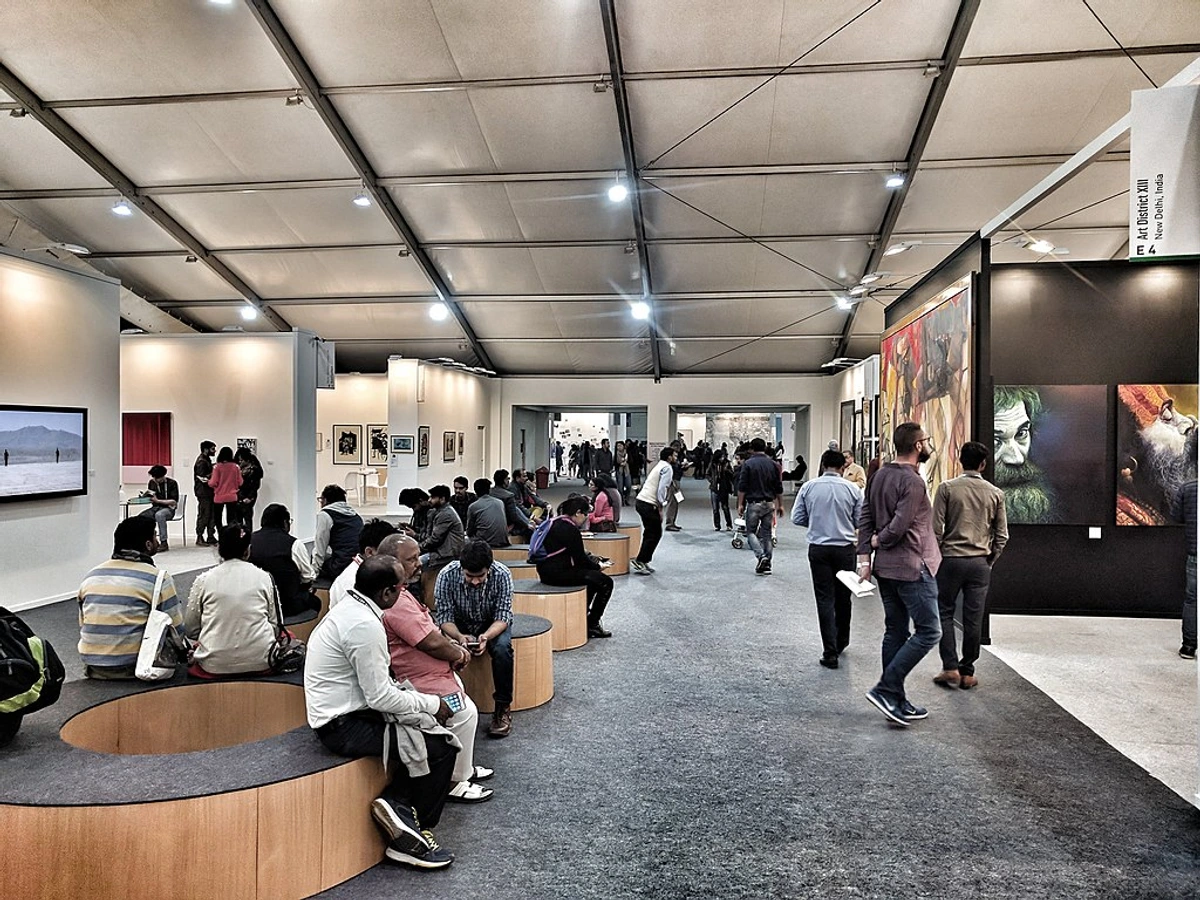
FAQ: Your Amsterdam Art Gallery Questions Answered
Got questions about navigating Amsterdam's art gallery scene? Here are some common ones:
- What's the best area for galleries in Amsterdam? There's no single "best" area, as different neighborhoods offer different vibes. The Museum Quarter area has established galleries, the Jordaan offers smaller, more bohemian spaces, Oud-West is known for emerging contemporary art, and the Spiegelkwartier has a mix of traditional and contemporary. Exploring different districts is part of the fun!
- Are galleries free to enter? Yes, commercial art galleries are almost always free to enter. They are businesses selling art, so they welcome visitors to browse. This is a key difference from most museums.
- How long should I spend in a gallery? It really depends on the size of the gallery and your personal interest. Some small galleries might only take 15-20 minutes, while larger ones could easily occupy an hour or more. Don't feel pressured to rush; take your time with pieces that resonate.
- Is photography allowed in galleries? Policies vary. Some galleries allow non-flash photography for personal use, while others prohibit it entirely. It's always best to check with the gallerist or look for signage.
- Are galleries suitable for children? Generally, yes, but it depends on the child and the specific exhibition. Galleries are quiet spaces, so children need to be able to behave calmly. It can be a great way to introduce them to art in a less overwhelming setting than a large museum, but maybe save the rowdy play for the park! Always supervise children closely.
- What's the difference between a museum and a gallery? Museums typically collect, preserve, and exhibit art for public education and historical record, often focusing on established works. Galleries are primarily commercial spaces that represent living artists, showcase and sell new work, and are key players in the contemporary art market. Galleries are usually free to enter, while museums often charge admission.
- Do I need an appointment to visit a gallery? For general visits during opening hours, no appointment is usually needed. However, if you are a serious collector interested in discussing specific works or artists in depth, or if the gallery is very small, it might be polite or necessary to make an appointment.
- What's the best time of day or year to visit? Weekdays are generally less crowded than weekends. Visiting earlier in the day can also offer a more peaceful experience. Spring and autumn often have busy exhibition schedules, but there's always something happening year-round. Checking gallery websites for opening dates is key.
Embarking on a gallery hop in Amsterdam is more than just seeing art; it's about experiencing the city's creative pulse, discovering new perspectives, and perhaps even finding a piece that speaks to your soul. Whether you're an artist seeking inspiration, a collector looking for your next acquisition, or simply a curious visitor, Amsterdam's diverse gallery scene offers a rewarding adventure. So grab a map (or just wander!), step inside, and let the art lead the way. You never know what you might find – maybe even something that ends up on your own wall, a little piece of Amsterdam's vibrant art world to call your own. And who knows, maybe one day you'll see my work hanging in one of these spaces! You can follow my artist journey or check out my museum in Den Bosch in the Netherlands.




